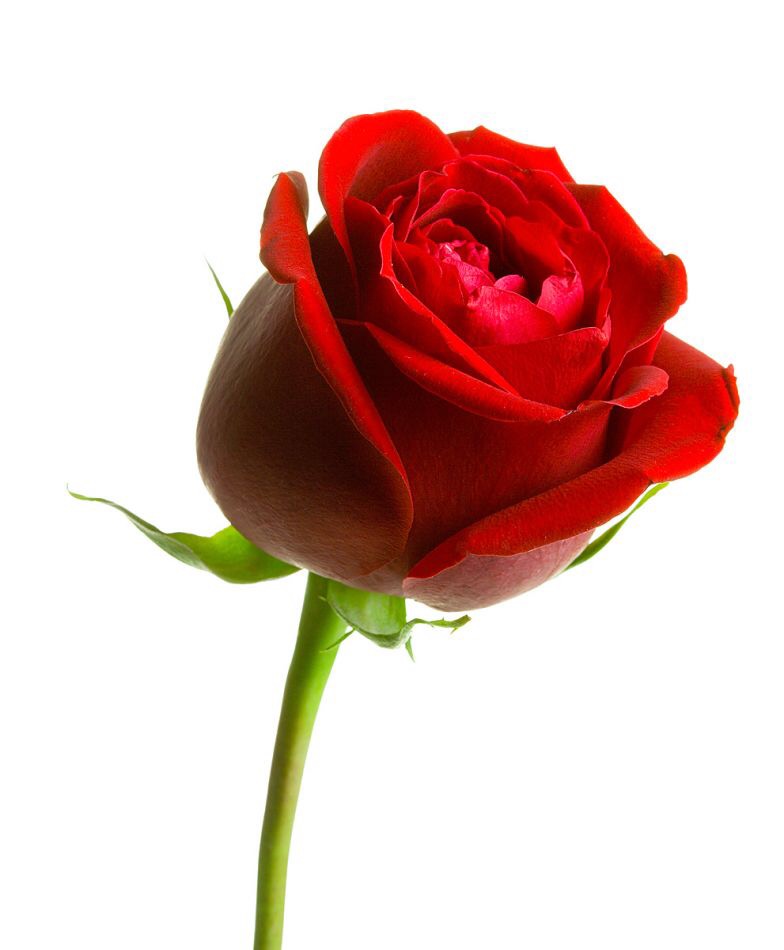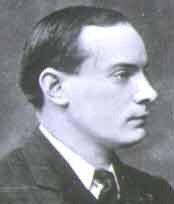Over the coming weeks we will be beginning an introduction to mindfulness. Mindful awareness exercises help us develop concentration and self-awareness.
Day: February 14, 2017
RED IS THE ROSE – Traditional
Uncategorized
We will be singing our new song which is a ballad. It was made popular by the Clancy Brothers and Tommy Makem. The melody is the same as a Scottish song about Loch Londonderry. The lyrics of this Irish ballad are very simple, telling a love story which leads to a unexpected sad ending. The lovers swear love and eternal devotion and then in the final verse we learn that they have to separate.
Question: What forces them to go deprecate ways?
Red is the Rose (Traditional)
Chorus
Red is the Rose by yonder garden grows
And fair is the lily of the valley
Clear is the water that flows from the Boyne
But my love is fairer than any.
T’was down by Killarney’s green woods that we strayed
And the moon and the stars they were shining
The moon shone its rays on her locks of golden hair
And she swore she’d be my love forever.
Chorus
It’s not for the parting that my sister pains
It’s not for the grief of my mother
It is all for the loss of my bonnie Irish lass
That my heart is breaking forever.
Chorus
Answer: Emigration forced them to separate.❤️
People of national importance
UncategorizedWe worked in pairs and researched one of the three figures below and wrote a short paragraph explaining why these men are known. The website http://www.askaboutireland.ie is very helpful.
10@10 Week 2: Friday 17th Feb
UncategorizedAs we enjoyed last weeks 10@10, we are inspired to take on a second workout!
Fiche Ceist
UncategorizedBeidimid ag cur na ceisteanna in oiriúint do na páistí sa rang …..

Rudaí:
1.An bhfuil sé ….. ? Tá / Níl
beag / mór / fada / gear / bog / cruaidh…….. dearg / buí / gorm ……….
sa seomra seo / sa seomra suite / sa chistin ……..
ar an …../ faoin …./ ag bun …./ in aice….
2. An féidir é a ……..? Is féidir / Ní féidir a ithe / ól / a bhriseadh / a léamh……..
3. An féidir é a úsáid chun…….? Is féidir / Ní féidir doras a oscailt / tine a lasadh / peil a imirt ……..
4. Ba mhaith liom tomhais a dhéanamh
An …… é? Sea / Ní hea / Is … é / Ní … é
Guess Who?
1.An fear é / bean í ? Sea / Ní hea
2. An bhfuil …..air / uirthi?
féasóg, croiméal, spléaclaí, hata ….
3. An bhfuil sé / sí…
óg/aosta/ard /tanaí /maol….
4. An bhfuil dath ….. ar
a c(h)uid gruaige , a s(h)úile?
5. Ba mhaith liom tomhais a dhéanamh An……é? Sea / Níhea
6. Ceapaim / Is dóigh liom gur roghnaigh tú ….
Nathanna eile:
• Cuir ceist orm.
• Arís. Níor chuala mé thú.
• Bhuaigh mise / tusa . Tá an bua agam.
• Tá an cluiche críochnaithe.
• Ba mhaith linn / An féidir linn é a imirt arís, le’d thoil?
Leathnú ar “Fiche ceist” ,bunaithe ar dhaoine
1.An fear é? Sea / Ní hea / Is…é / Ní…é
2. An bhfuil sé / sí
beo, marbh, óg ,aosta , ard , tanaí….
3. An bhfuil …..air / uirthi?
féasóg, croiméal, spléaclaí, gruaigh dhubh….
4. An bhfuil sé /sí ina c(h)ónaí …. cónaí air uirthi in Éirinn, i Sasana, i Meiriceá , san Astráil….
5. An bhfuil baint aige / aici le
spórt / ceol / teilifís / scannáin …………..
6.An…..é/í? Is / Ní …….é / í.
peileadóir / imreoir sacair / iománaí / amhránaí / ceoltóir
7. Ba mhaith liom tomhais a dhéanamh
An……é? Sea/ Níhea Is…é /Ní…é
(Tógtha ón fhoireann PDST )
THE EIGHT PARTS OF SPEECH ….. A POEM FOR CHILDREN: WRITTEN BY JOHN NEALE IN 1886
Uncategorized
The eight parts of speech are what you’ll hear Listen very carefully and I’ll make it real clear
Three little words we often see,
An ARTICLE a, an and the.
NOUN’s the name of anything,
As school or garden, hoop or string.
ADJECTIVES tell the kind of noun,
As great, small, pretty, white or brown.
Instead of nouns the PRONOUNS stand,
His head, his face, my arm, your hand.
VERBS tell of something being done,
To read, write, count, sing, jump or run.
How things are done, the ADVERBS tell,
As slowly, quickly, ill or well.
A PREPOSITION stands before A noun,
As in or through the door.
CONJUNCTIONS join the nouns together,
As men and children, wind or weather.
The INTERJECTION shows surprise,
As Oh, how pretty! Ah how wise!
I’m not your teacher but I sure try to teach
The very important parts of speech.
Poem: The Parts of Speech
UncategorizedTHE PARTS OF SPEECH (Anon)
Every name is called a NOUN,
As field and fountain, street and town
In place of noun the PRONOUN stands
As he and she can clap their hands
The ADJECTIVE describes a thing,
As magic wand and bridal ring
The VERB means action, something done –
To read, to write, to jump, to run
How things are done, the ADVERBS tell,
As quickly, slowly, badly, well
The PREPOSITION shows relation,
As in the street, or at the station
CONJUNCTIONS join, in many ways,
Sentences, words, or phrase and phrase
The INTERJECTION cries out, ‘Hark!
I need an exclamation mark!’
Through Poetry, we learn how each
of these make up THE PARTS OF SPEECH .



